The second day of the Vietnam Auto & Motorcycle Show – Vietnam Motor Show 2024 featured a seminar on “Reducing emissions from vehicles and green energy transition towards environmental protection.”
The seminar focused on discussing two main topics: “Green, clean, and environmentally friendly energy vehicles” and “Proper use of Euro 5 fuel.”
To provide attendees with a more comprehensive and holistic perspective on green technology, the seminar included the participation of experts and pioneering businesses in the fields of transportation and renewable energy: Prof. Dr. Dam Hoang Phuc – Director of Automotive Engineering Training Program, Hanoi University of Technology; Mr. Nguyen Trung Thang – Director of Tax Department, KPMG Tax and Advisory Ltd.; Mr. Le Quang Quoc – Director of Product Registration, ISUZU Vietnam; and Mr. Nguyen Xuan Hung – Vice President of Vietnam Petroleum Group – Member of Vietnam Petroleum Association (VINPA).
Green, clean, and environmentally friendly energy vehicles
Global air pollution is one of the most significant issues caused by the transportation sector over the past decades. To reduce greenhouse gas emissions and the increasing levels of fine dust in the air, the adoption of green energy vehicles is an essential solution.
According to Prof. Dr. Dam Hoang Phuc, Director of Automotive Engineering Training Program at Hanoi University of Technology, “The transition to clean energy vehicles will not only help reduce greenhouse gas emissions but also promote technological advancement in the automotive industry. Electrification of vehicles, especially hybrid and pure electric cars, is the inevitable future of global transportation, and Vietnam needs to boost investment in research and application of these solutions.”
The most talked-about green energy vehicles today are electrified vehicles. True to their name, electrified vehicles use electrical energy to replace, partially or wholly, the role of internal combustion engines.
Electrified vehicles can be categorized into two main groups: hybrid vehicles and pure electric vehicles. Hybrid vehicles typically combine an internal combustion engine with an electric motor. Depending on their characteristics and efficiency, each manufacturer may have a different ratio of power distribution between the two types of engines. The batteries in hybrid vehicles can be charged from an external source (plug-in hybrid – PHEV) or through kinetic energy recovery during driving.
In pure electric vehicles, the internal combustion engine is completely eliminated. The vehicle’s propulsion system consists of an electric motor and a large-capacity battery placed under the floor. By removing the internal combustion engine, pure electric vehicles have zero emissions and are ideal for the goal of reducing air pollution by 2030.
Therefore, the trend of electrification started to emerge in 2015 and gained momentum in 2020. In Vietnam, this wave is evident as the number of hybrid and pure electric vehicles is increasing, ranging from affordable to luxury brands. Even at the Vietnam Motor Show 2024, green vehicles dominated with models such as the Toyota Camry HEV, Honda Civic e:HEV, Suzuki XL7 Hybrid, and a range of electric vehicles from BYD…
Worldwide, the transition to electrified vehicles is accelerated by supportive policies in many countries. In major automotive markets like Europe, the US, Japan, and China, electrified vehicles receive various incentives such as tax reductions, cash subsidies, or free parking spaces. In neighboring countries like Thailand and Indonesia, pure electric vehicles are exempt from registration fees and import taxes.
In Vietnam, pure electric vehicles enjoy a preferential special consumption tax of 3%, while PHEVs are taxed at 70%. In contrast, there are no preferential policies for conventional hybrid vehicles. Sharing his perspective on this matter, Mr. Nguyen Trung Thang, Director of the Tax Department at KPMG Tax and Advisory Ltd., stated, “According to KPMG, encouraging the consumption of BEVs aligns with global trends. However, considering the underdeveloped infrastructure for electric vehicles in Vietnam, the government should consider solutions to encourage the replacement of internal combustion engine (ICE) vehicles with hybrid vehicles (PHEV, HEV), which are more environmentally friendly.”
Proper use of Euro 5 fuel
In addition to the electrification of vehicles, using fuel that meets emission standards with lower levels of pollutants will also help reduce harmful emissions into the environment.
In Vietnam, all cars sold from January 1, 2022, must comply with the Euro 5 emission standard, according to Decision 49/2011/QD-TTg of the Prime Minister. Replacing the previous Euro 4 standard, the Euro 5 emission standard imposes higher technical requirements and tighter limits on emissions, controlling additional components. Therefore, the effective implementation of the Euro 5 emission standard will significantly contribute to reducing environmental pollution.
Mr. Le Quang Quoc, Director of Product Registration at ISUZU Vietnam, stated that using the right Euro 5 fuel not only helps reduce harmful emissions but also ensures the engine’s performance, prolongs the vehicle’s lifespan, and reduces maintenance costs. “It is essential that consumers understand and use the right type of standard fuel,” he added. “At the same time, businesses and regulatory agencies need to cooperate closely to promote the provision of clean fuel nationwide. This is an indispensable step towards a green and sustainable transportation system.”
While Euro 5 fuel offers numerous benefits, it is extremely scarce in Vietnam. According to a survey by the Vietnam Automobile Manufacturers’ Association (VAMA), only about 7% of gas stations nationwide provided Euro 5 fuel as of March 2024. Most of these stations are located in major cities and along main roads, making it challenging for people in outlying areas and remote regions to access Euro 5 fuel.
According to Mr. Nguyen Xuan Hung, Vice President of Vietnam Petroleum Group, the scarcity of Euro 5 fuel arises from the fact that gas station businesses have to sell multiple products simultaneously, leading to a choice between prioritizing the sale of Level 5 or lower-level fuel to optimize profits.
Additionally, limited communication and promotion of Euro 5 fuel have resulted in a lack of understanding among the public about the importance of standard fuel. Lower-level fuels (Euro 2/3) remain prevalent in the market due to the absence of policies to discontinue their sale.
In the automotive industry, Euro 5 fuel plays a crucial role in environmental protection and improving the quality of life. To use Euro 5 fuel correctly, collaboration is needed from the entire community, including automobile manufacturers, government agencies, fuel providers, and consumers.
Aiming for Net Zero by 2050
The electrified vehicle market in Vietnam is showing promising progress, thanks to government support and the growing consumer demand for green transportation options.
However, the process of electrifying transportation also faces challenges, particularly the lack of infrastructure such as charging stations. The current system of charging stations is insufficient to meet the needs of electric vehicle owners. Therefore, there is a pressing need for significant investment in building supportive infrastructure.
Moreover, Euro 5 fuel plays a vital role in reducing air pollution and improving the quality of life. Using this fuel helps reduce toxic emissions from conventional vehicles and facilitates the transition to electric vehicles. Euro 5 fuel also enhances engine performance, reduces fuel consumption, and prolongs the lifespan of vehicles.
The seminar offered diverse insights into the trends and potential development of electrified vehicles, along with essential solutions and recommendations regarding the use of Euro 5 fuel. With the participation of leading experts, the event not only raised awareness among consumers but also provided a platform for relevant stakeholders to discuss and share experiences, aiming towards the goal of Net Zero. Vietnam Motor Show 2024, coupled with this in-depth seminar, underscored its importance in driving the sustainable development of the automotive and motorcycle industry in Vietnam.
TH (Tuoitretudo)


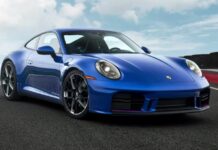
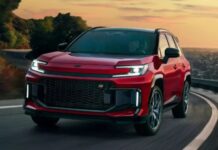
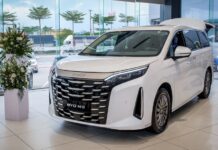
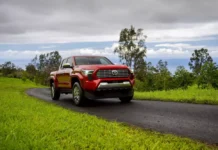
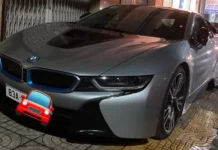
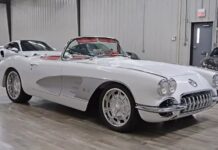

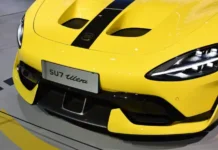

















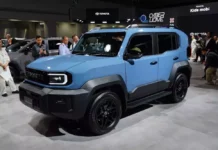

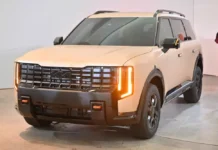
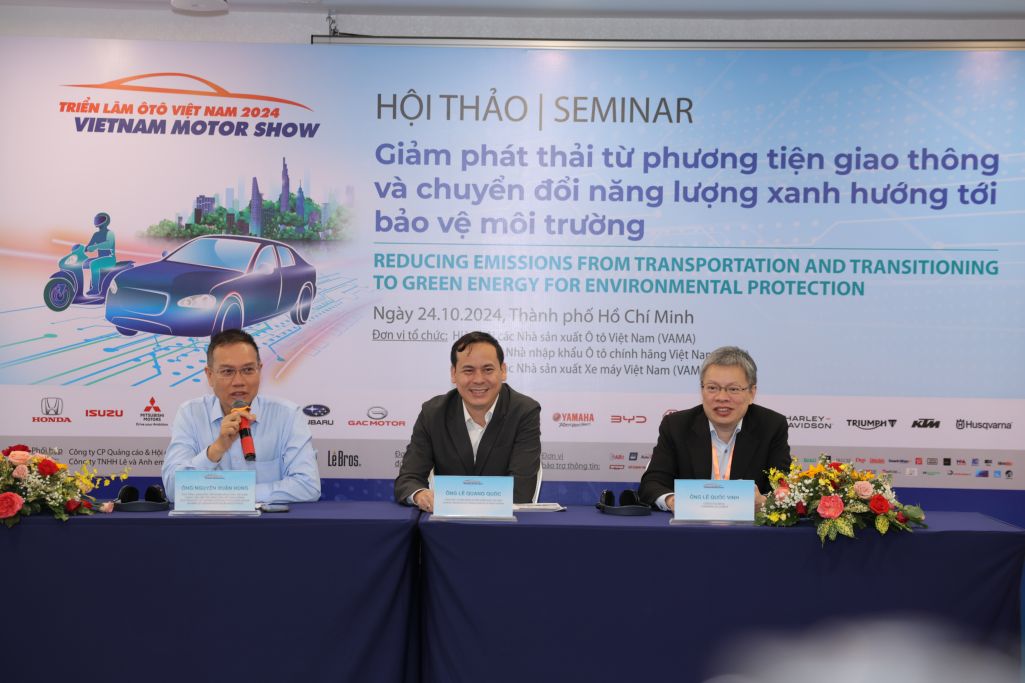
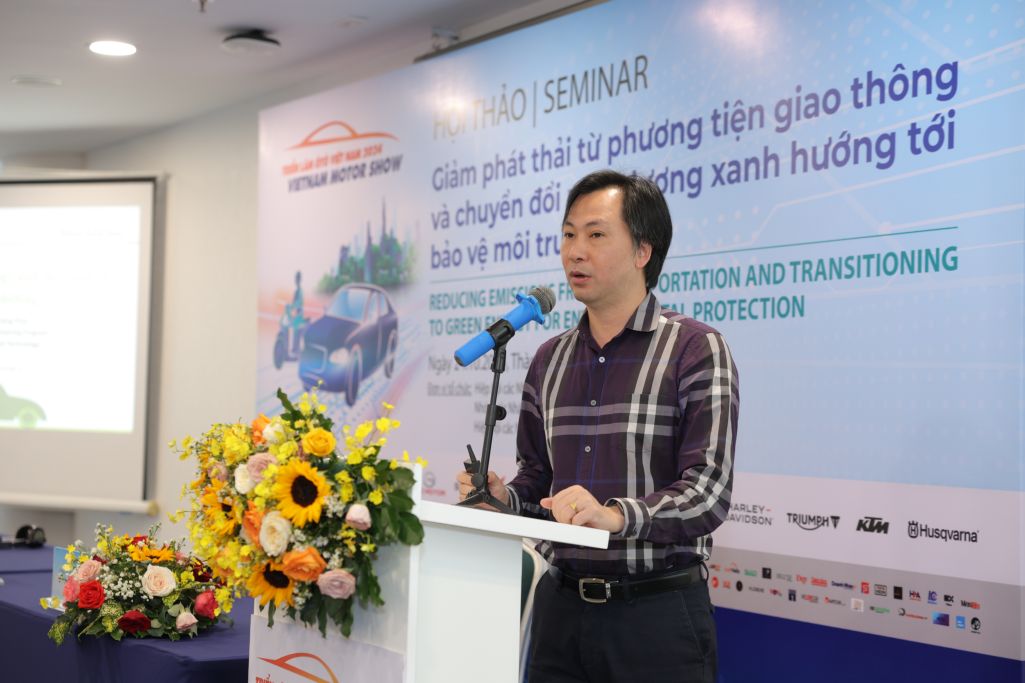
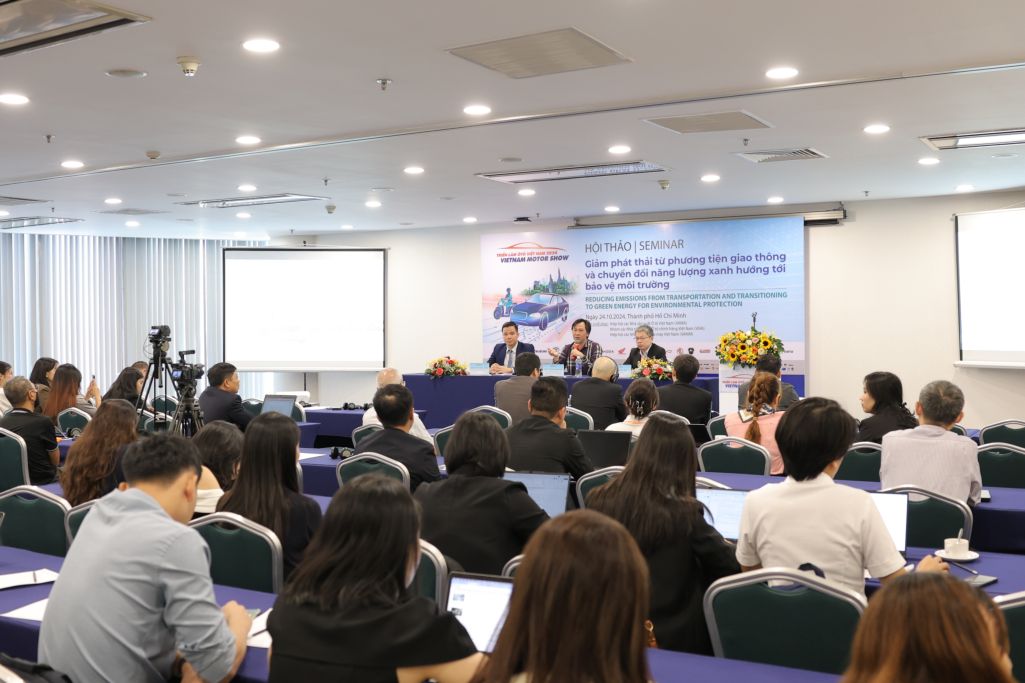
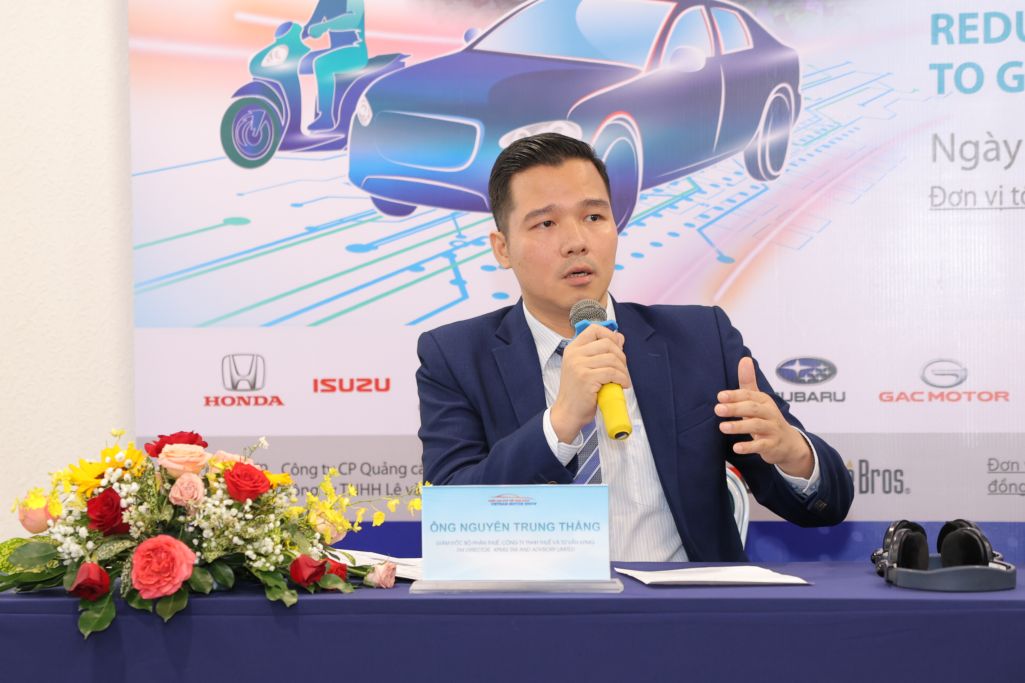
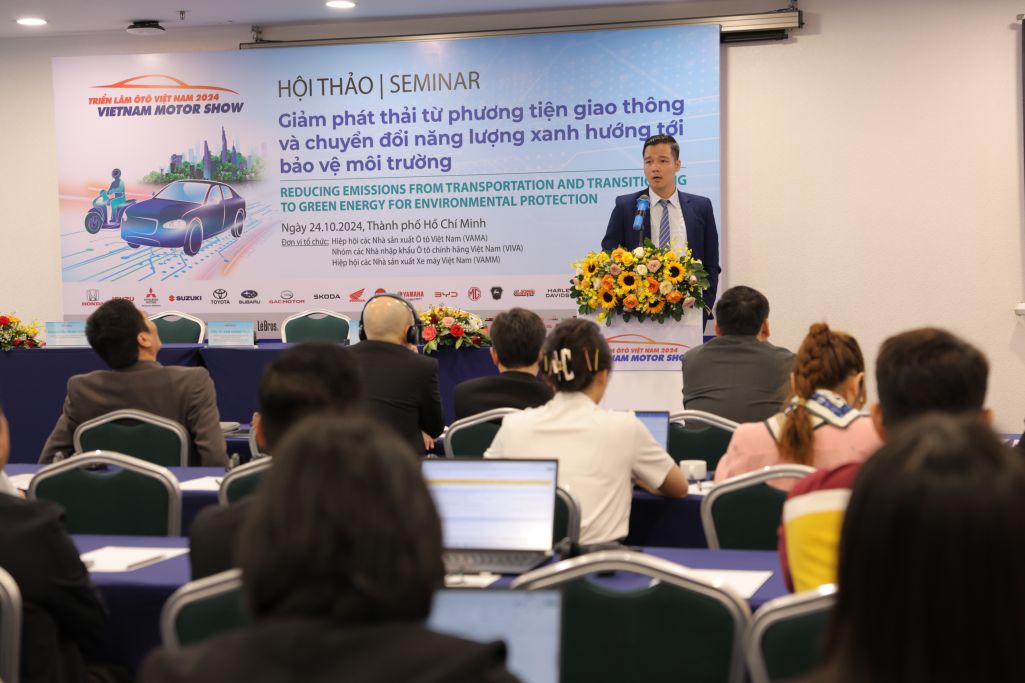
![[VMS 2024] Vietnam Motor Show: The Apex of Automotive Tech Displays](https://vnauto.net/wp-content/uploads/2024/10/xehay-vms-27102410-150x150.jpg)
![[VMS 2024] Unveiling the IM LS7: A Tech-Savvy Sensation, Selling Fast in China Despite a Hefty Price Tag](https://vnauto.net/wp-content/uploads/2024/10/xehay-imls7-241024-150x150.jpg)
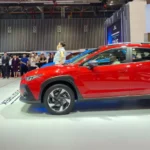
![[VMS 2024] Vietnam Motor Show 2024: Unlocking the Future of Green Technology](https://vnauto.net/wp-content/uploads/2024/10/Xehay_khaimacvms_231024_8-150x150.jpg)












